Can a scoop of whey really stand in for a full meal? It’s quick, easy, and packed with protein—but is it enough to fuel your body like real food?
As a fitness trainer who’s relied on whey in crunch-time moments—and seen clients both benefit and crash from it—I’ll break down when it works, when it doesn’t, and how to do it right.
If you’ve ever replaced lunch with a shake or considered doing it long-term, this guide is for you.
Table of contents
Can Whey Protein Replace a Meal?

Short Answer: Yes—But Only in the Right Situations.
Whey protein can technically replace a meal, but it shouldn’t be your go-to strategy for the long haul.
As a fitness coach who’s experimented with this personally and seen dozens of clients do the same, I can tell you: using whey instead of food is a short-term convenience—not a lifestyle solution.
I’ve used whey as a meal substitute during hectic days—usually for breakfast or post-workout when I didn’t have time to cook. One scoop with water and maybe a banana got me through the hour, but I’d be hungry again fast.
If you’re thinking about swapping meals for shakes every day, hit the brakes. Let’s talk about what works, what doesn’t, and how to use whey smartly in your nutrition plan.
If you’re new to whey, or not sure which type to choose, check out this guide on isolate vs concentrate for weight loss.
Whey Protein vs. Whole Meals – What’s Missing?
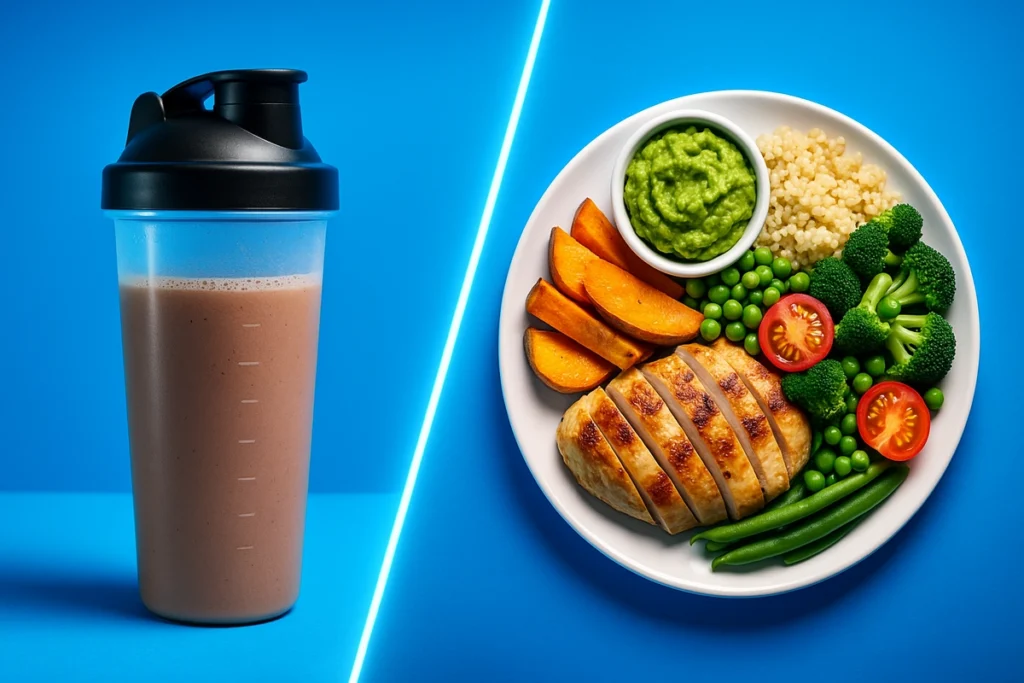
Here’s the truth: whey protein is not a complete meal on its own. It lacks several key components:
- Micronutrients & Fiber: Whole foods give you vitamins, minerals, and fiber—things you won’t find in a plain protein shake.
- Healthy Fats & Complex Carbs: These are essential for satiety, hormone balance, and sustained energy.
- Digestive Satisfaction: Chewing a real meal signals your body that it’s eating—shakes don’t do that nearly as well.
I remember once replacing both lunch and dinner with whey for two days straight during a busy travel weekend. My digestion was off, my energy dipped, and I felt like I was running on empty—even though I hit my protein goal.
If you’re trying to combine supplements efficiently, take a look at my whey and creatine stack guide to make sure your body still gets what it needs.
Ideal Scenarios to Use Whey as a Meal Substitute

There are smart ways to use whey protein in place of a meal—when done right:
- Busy Mornings: If you’re rushing out the door, a shake can hold you over until your next proper meal.
- Post-Workout: Great for fast absorption when your body needs amino acids urgently.
- Controlled-Calorie Diets: When trying to hit strict macros, whey can help you fine-tune your intake.
For example, one of my clients—Sophie from Germany—often skipped breakfast. We added a balanced whey smoothie (protein, oats, peanut butter, and berries) to her routine, and her energy improved without throwing off her calorie goals.
If you’re a female lifter, see how whey protein fits into your goals in this guide made specifically for women.
And if weight gain is your priority, I recommend reading the whey protein timing guide for bulking.
How to Make a Whey Shake More Like a Real Meal
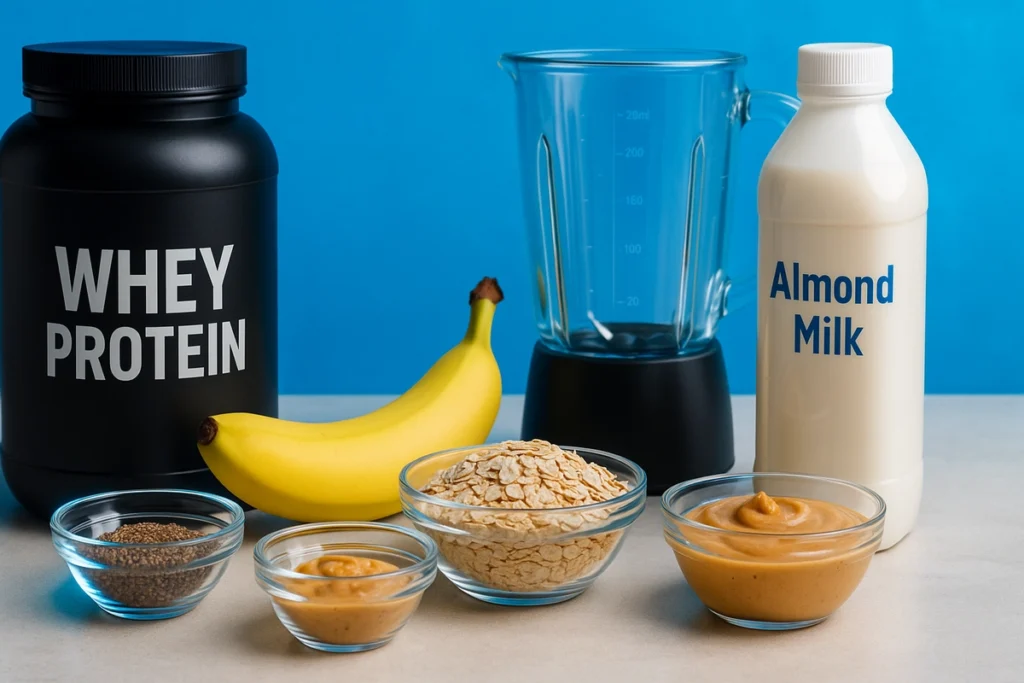
Don’t just throw a scoop in water and call it lunch. If you want your whey shake to act like a real meal, build it out:
- Add Healthy Fats: Try nut butter, seeds, or a slice of avocado.
- Add Complex Carbs: Oats, banana, or even some sweet potato puree.
- Include Fiber: Chia seeds, flaxseeds, or even a handful of spinach can make a big difference.
Here’s my favorite meal-replacement shake:
- 1 scoop whey protein (chocolate)
- 30g oats
- 1/2 banana
- 1 tbsp peanut butter
- 1 tsp chia seeds
- 200ml unsweetened almond milk
It tastes great, fills me up for 2+ hours, and actually fuels my workouts.
And yes, if fat burning is your current goal, this guide on whey protein and fat loss shows how to integrate shakes without sacrificing your progress.
When Whey Alone Is a Bad Idea
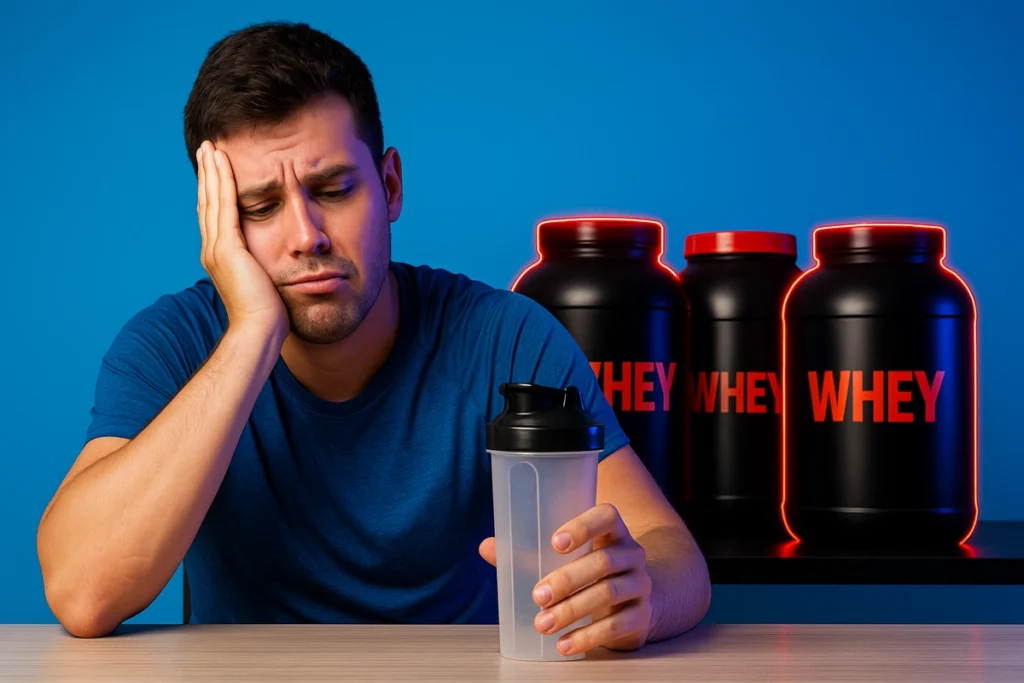
Some people go overboard—and it backfires.
I had a client, Liam from Canada, who replaced two meals a day with whey for weeks. Sure, he lost weight fast… but he lost muscle too, felt drained, and had zero gym progress.
Another client, Jorge from Spain, used whey 3 times a day for “convenience.” He ended up bloated and constantly fatigued.
Whey isn’t magic. It’s a tool. Use it wrong, and it’ll hurt more than help.
Also, don’t fall for cheap low-quality brands. See my review of affordable whey in the USA for 2025 before you shop.
Final Verdict: Supplement, Not Substitute
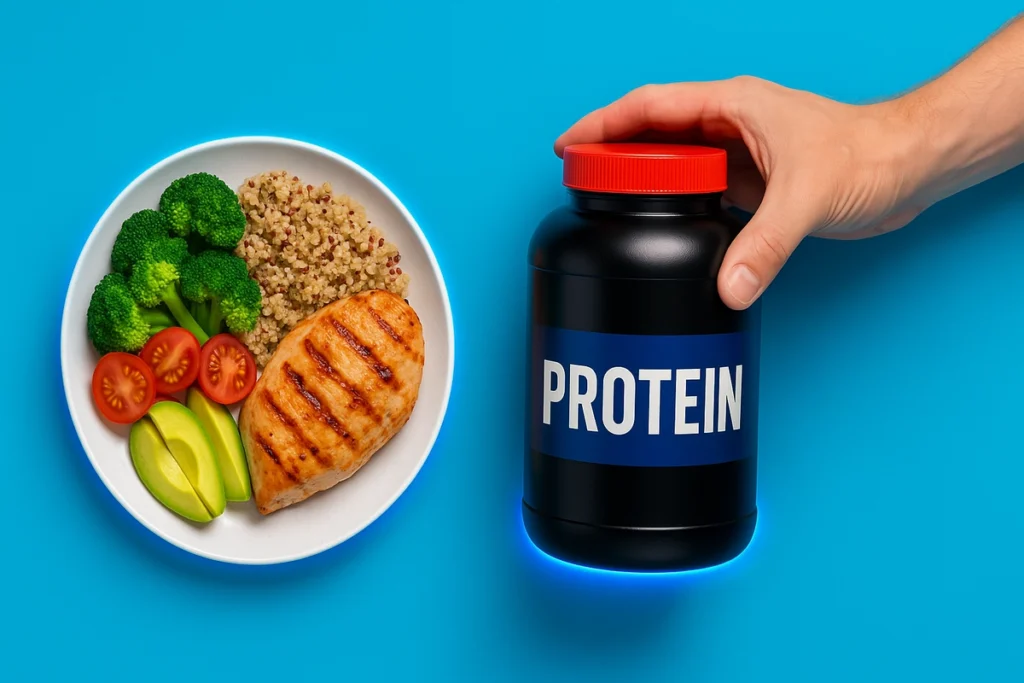
As a trainer with over a decade of experience, here’s my honest take:
**Whey protein is a supplement—**not a meal replacement.
Use it strategically:
- After workouts
- On the go
- To boost daily protein intake
But don’t make it your main food source. Muscles are built with real food. And so is long-term health.
If you ever feel like whey is “easier” than cooking, remember: easy doesn’t mean effective.
Also, it’s worth understanding the differences between whey and other protein sources. For a full breakdown, see EAAs vs BCAAs vs whey protein.
FAQ: Quick Answers on Meal Replacement with Whey
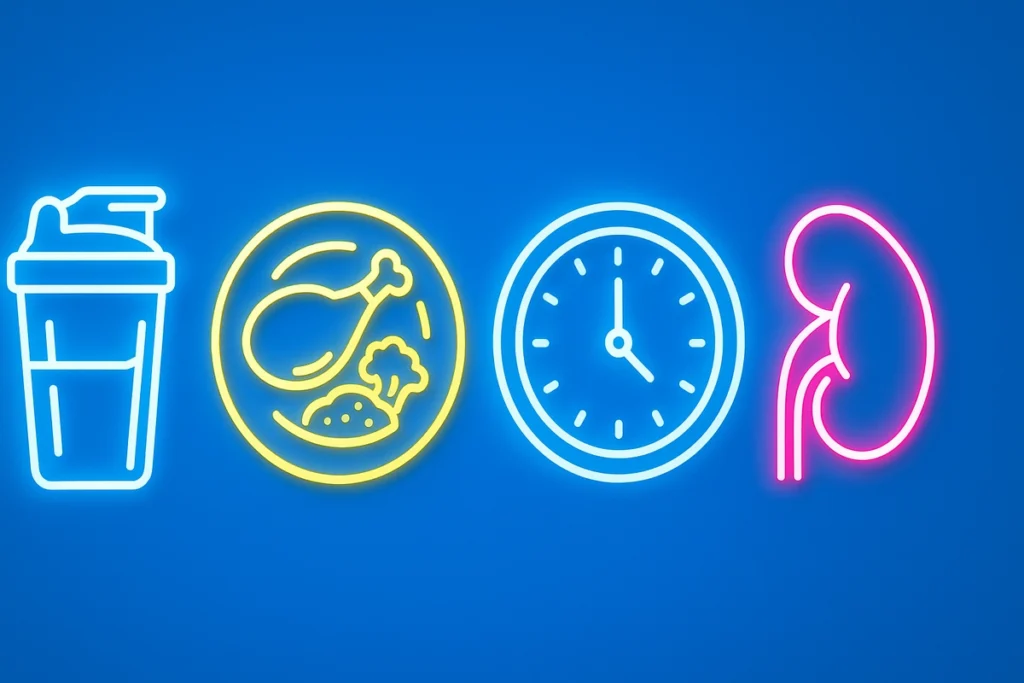
Occasionally, yes. But not every night. Your body needs real food to recover and grow.
Once a day at most—and make sure the shake is balanced with carbs, fats, and fiber.
Post-workout is ideal. Or between meals to control hunger and hit your protein goal.
Not if you’re healthy and not overdoing it. But if you’re concerned, read the truth about whey protein and kidney health.
Check out this top BCAA list without artificial junk.
Bottom Line:
Whey protein can fill a gap, but it can’t replace the foundation.
Balance is the key. Use whey wisely—and keep real food at the center of your nutrition.

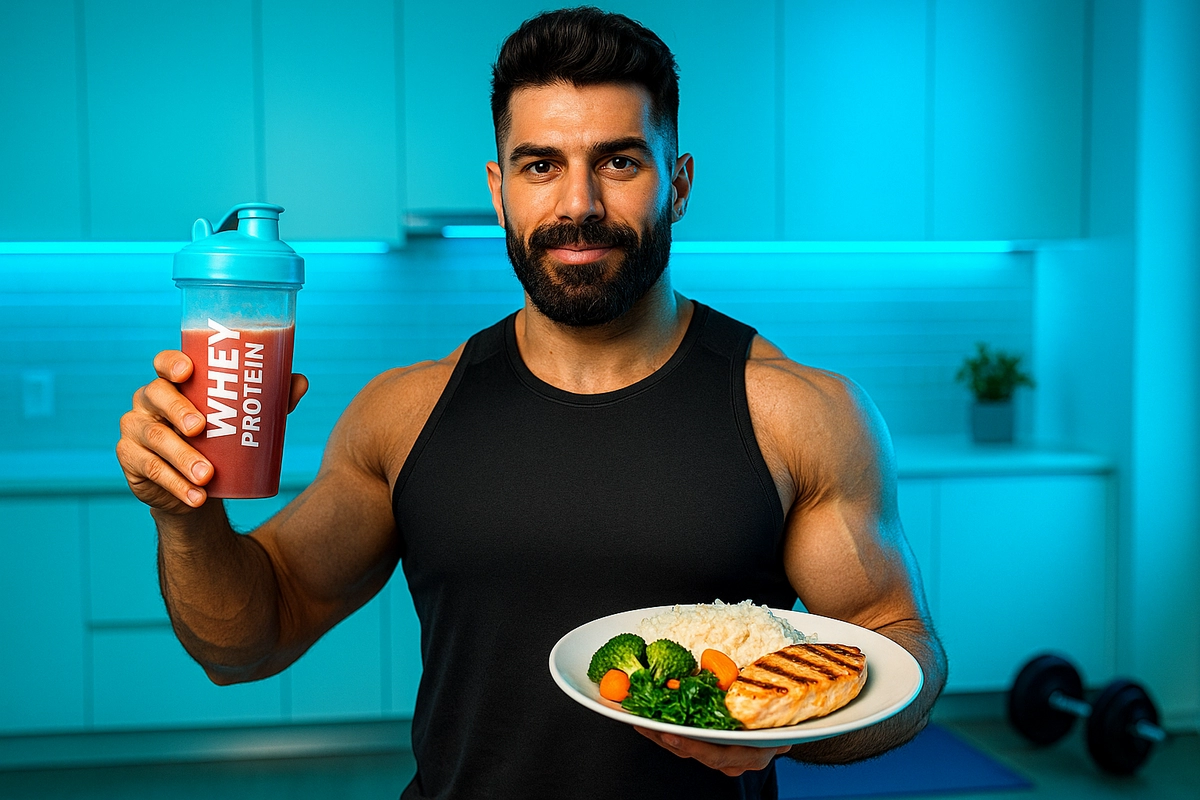

Leave a Reply